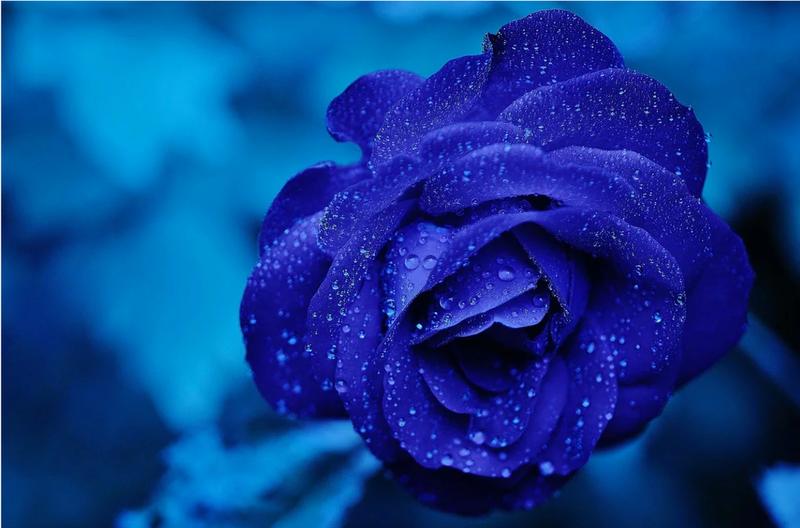How To Change One Color In A Picture To Another Color

In that location are iii master categories of colors: master, secondary, and tertiary colors. The iii primary colors are red, blue, and yellow. These colors occur naturally in nature and are on the light spectrum, and so no color combine to make blue. However, you can combine different colors and hues to create different shades of bluish.
What Are Primary Colors?
The three master colors, reddish, yellow, and blue, are visible on the light spectrum and, as such, are at the top of every color bicycle or colour configuration. These three colors are the root of every other color in the earth. When these colors are combined, and so secondary and tertiary colors are formed.
W hat Are Secondary Colors?
In that location are 3 secondary colors that are created when two primary colors are combined. These colors are orangish, which is a mixture of yellow and red; purple, which is a mixture of red and bluish; and dark-green, which is a mixture of blueish and yellow. Only every bit with primary colors, you can include neutrals like black or white to create dissimilar hues.
W hat Are Tertiary Colors?
At that place are half dozen tertiary colors, and these are created by mixing a primary and secondary color together. These colors include yellow and orange, red and orange, red and purple, blue and royal, blue and green, and xanthous and green. There are, of course, different names for some of the tertiary colors, depending on the hue. You can also refer to red and purple as burgundy, depending on the shade. Notwithstanding, the official proper name of the color is red and imperial.
Due west hat Are Neutral Colors?
If you look at a standard color bike, you will not see the neutral colors, which include black, white, grey, and occasionally chocolate-brown. These are also referred to as "Earth tones." These colors tin be mixed with main, secondary, and tertiary colors to create different shades or hues.
H ow Do You Create Different Shades of Bluish?
Yous tin create different shades, or hues of blueish, by mixing colors. Neutral colors, such as white or blackness, work all-time for creating varying shades, simply you tin can too create different shades of blue by adding a tiny bit of secondary or 3rd color. For example, y'all can add purple to bluish for a periwinkle shade.
W chapeau Are Complementary Colors for Blue?
To discover the complementary colors of blueish, or for whatever color, you lot can look directly at the color bicycle. The complementary colour will be on the exact opposite side of the bicycle. For bluish, complementary colors are orange, followed by yellow and carmine. This doesn't mean yous can't pair other colors with bluish. Because of blue'due south nature every bit a primary color, it melds well with many dissimilar shades and hues. For example, bluish and shades of light-green can piece of work well together.
How To Change One Color In A Picture To Another Color,
Source: https://www.reference.com/science/colors-make-blue-8a153b4aeaf9f92b?utm_content=params%3Ao%3D740005%26ad%3DdirN%26qo%3DserpIndex
Posted by: goodmanfavy1957.blogspot.com


0 Response to "How To Change One Color In A Picture To Another Color"
Post a Comment